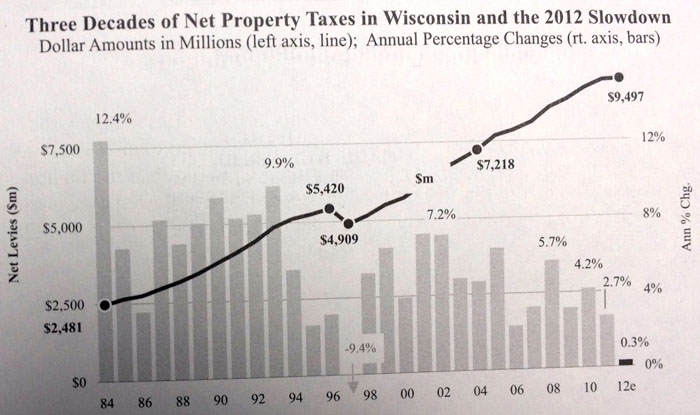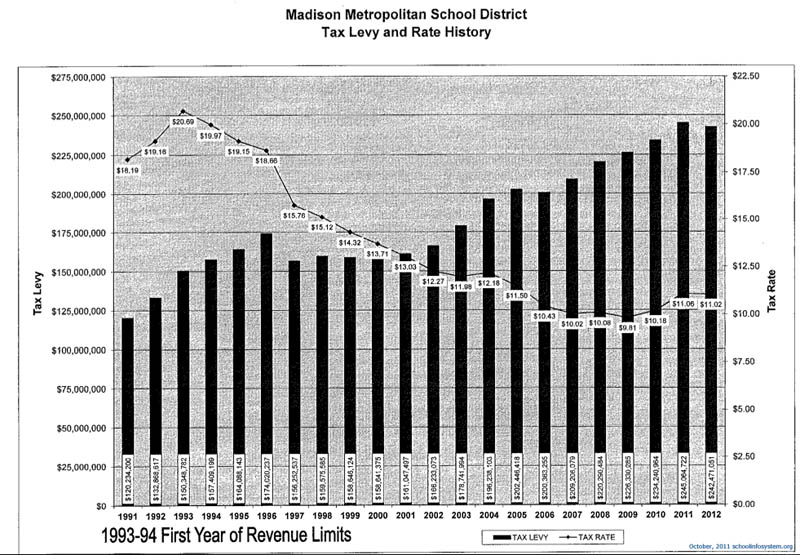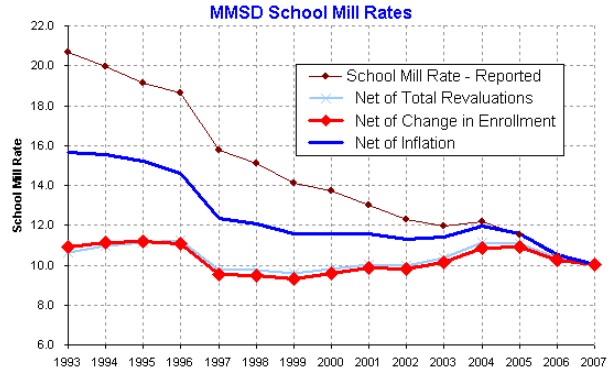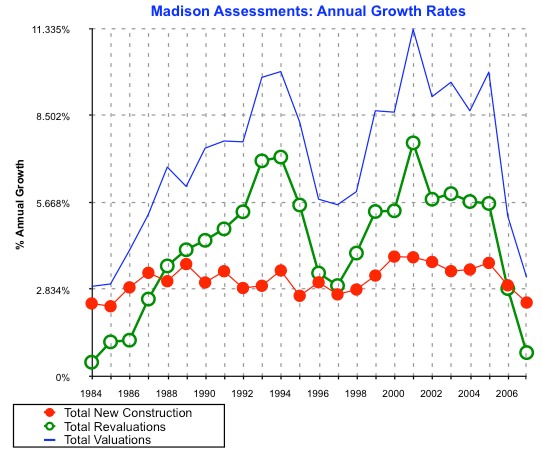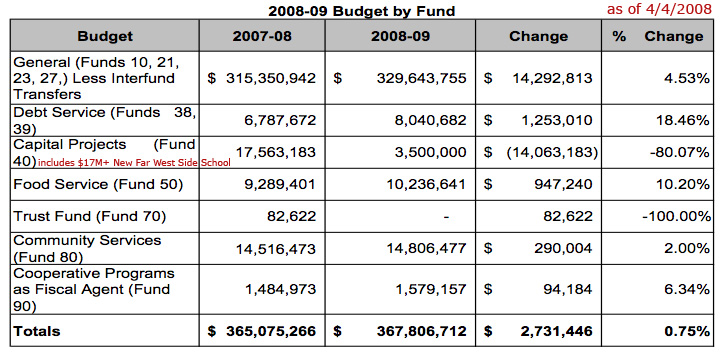By Morris Andrews former Executive Secretary Wisconsin Education Association Council (WEAC) 1972-1992
Lost in the two-month maelstrom at the state Capitol is the role of teachers and their union, WEAC, as the chief advocates for school quality in Wisconsin. Scott Walker and the Fitzgeraids paint WEAC as a destroyer. They say eradicate WEAC, an organization they know almost nothing about except that it opposes their antisteacher agenda. Should they succeed in killing the voice of organized teachers, the real loser wilt be our public schools.
Teachers have fought hard to make schools better over the past four decades. And it was Republican and Democratic votes in support of WEAC issues that resulted in the passage of pro-education bills. Such bipartisanship is but one casualty of today’s polarized politics.
Beginning in the 1970s WEAC became a political force, mainly by deciding to start backing legislative candidates. To receive WE/C’s endorsement, a candidate had to support a list of education-related issues. Many Republicans did support these school improvement issues. And WEAC members consequently worked to help them win election or reelection. One Republican who received a WEAC endorsement was Tommy Thompson when he was in the Assembly.
Today it seems unbelievable that the 1977 collective bargaining bill now reviled by the governor passed with Republican support. At the time, there were 11 Republicans in the Senate; five of them supported the bill. When the law’s three-year trial period was about to expire, a group of Senate Republicans voted to extend it–despite a veto by Republican Governor Lee Dreyfus. Notably, Mike Ellis (then in the Assembly) was among a group of Republicans who jumped party lines on procedural votes that saved it.
Our members then also reflected views across the spectrum. They identified themselves this way: Independents, 37%; Democrats, 35%; and Republicans, 27%. This spectrum was reflected at the annual WEAC convention, held a few days before the 1976 presidential election, when Gerald Ford and Walter Mondale both spoke to the huge assembly. Today, these numbers have changed as the Republicans shift further and further to the extremes.
Did WEAC work to improve teacher pay and benefits? Yes, of course. But we were also committed to changing the wide variation in school quality from district to district.
At the top of WEAC’s school improvement list was getting a set of minimum educational standards that applied to every school district. In 1974, with Republican support, we succeeded. Today these standards are taken for granted. Among the many changes were requirements that every district must:
establish a remedial reading program for underachieving Ke3 student
offer music art, health, and physical education.
have a kindergarten for five-year olds.
ensure that school facilities are safe. (Many aging buildings were crumbling)
provide emergency nursing services.
require teachers in Wisconsin to go through continuing education and to have their licenses renewed once every five years. (Prior to enactment of minimum standards. districts were empbying unlicensed teachers for whom they secured an emergency license that they would hold year after year).
On this foundation of programs Wisconsin students rose to the top of the national ACT scores for decades.
The state Department of Public instruction (DPI), headed by State Superintendent Barbara Thompson, was charged with implementing the minimum standards. She accepted most of WEAC’s recommendations. WEAC backed Thompson, a Republican with strong GOP support for her reelection in 1977.
We sought common ground with Republicans. When Democratic Governer Pat Lucey proposed strict cost controls on school budgets in 1975, it was Republicans and Democrats in the Senate 110 coalesced with WEAC and school boards against Democrats on the Joint Finance Committee to ease the restrictions. Years later, when Republican Governor lee Dreyfus vetoed a measure to raise the cost control ceiling, the WEAC-supported override succeeded with the votes of 23 Assembly Republicans and eight Senate Republicans against the Republican governor.
As late as 1984, Wisconsin had no uniform high school graduation requirements. WEAC supported Gov. Tony Earl’s efforts requiring graduates to have a specified number of credits in English, maths science, social studies, physical education, health, and computer science.
To curb underage drinking, WEAC Joined with a coalition of organizations on a bill that gave teachers and administrators legal protection to remove students suspected of drinking from school premises and events. All Assembly Democrats and all but three Republicans voted for the bill. In the Senate all Republicans voted for it and all but two Democrats voted for it.
WEAC allied with Republicans and Democrats to repeal a longestanding provision that gave city councils in 41 of our largest cities veto power over their school boards’ budgets.
The fate of students with special needs also concerned WEAC in 1973, four years before Congress passed the federal special education law, WEAC successfully lobbied the Wisconsin Legislature for a state special education law that required every district to have a special education program. The chief sponsor was James Devitt, a Republican state senator.
In 1976, the Legislature approved WEAC-backed bills to require tests of newborns for signs of mental retardation, and require children under age five to undergo a test for visual impairment. During this time WEAC successfully supported a bill that required teachers to report suspected child abuse, which has helped protect children across the state from life-altering harm.
In the 1970s, sex discrimination in school athletics was a major issue. In most school districts many sports were for boys only. This changed after WEAC joined with women’s groups to ensure that girls who wanted to play in sports have the same opportunity as boys. There were less than half as many WIAA-sponsored statewide tournaments for girls as there were for boys 14 for boys, six for girls. WEAC filed sex discrimination lawsuits against both the Wisconsin Interscholastic Athletics Association (WIAA) and the DPI that helped correct this inequality. WEAC also convinced the Legislature to budget the additional state funding needed to add programs for girls.
Working with the Great Lakes lnter-Tribal Council, which represents Native Americans on ten reservations, WEAC successfully lobbied for a bill that provided state aid to districts that employed home/school coordinators for Native American students. And for passage of a law allowing Native Americans without certification to teach native culture and endangered native languages.
Citizens who wanted to add new or replace old school buildings asked WEAC to help them pass local bond referendums. Monroe was one district where WEAC’s help resulted in passage of a school bond for a much needed elementary school. The measure had failed in four previous elections. With WEAC help it won by a huge margin on the fifth attempt.
Property taxes are a major source of school funding. VVEAC recognized that tax increases place a burden on low income homeowners, especially retirees on fixed incomes. To help these people, we backed an expanded homestead tax-relief program. Another action in support of low income citizens was creation of the Citizens Utility Board (CUB). CUB fights for affordable electricity and telephone service on behalf of Wisconsin customers before regulatory agencies, the Legislature, and the courts. Two organizations that fought hardest for CUB were WEAC and the United Auto Workers. All Wisconsin utilities opposed it.
The key to these achievements in the 1970s and ’80s was the cooperative spirit between WEAC and politicians of both parties. People from different sides of the aisle respected and listened to one another. We socialized outside of the Capitol. We grew to like each other, even if we disagreed on political issues.
Today there is no middle ground. Compromise is deemed “caving in.” Winning is not enough for the extremists. The “enemy must be completely destroyed. But if teacher unions are silenced, who will replace them as effective advocates for students?
